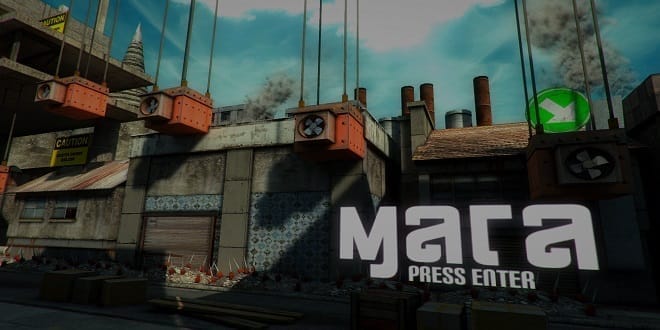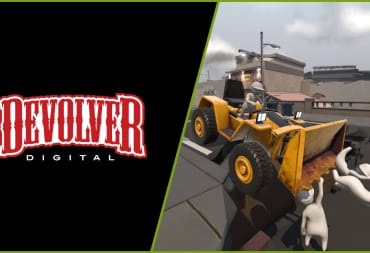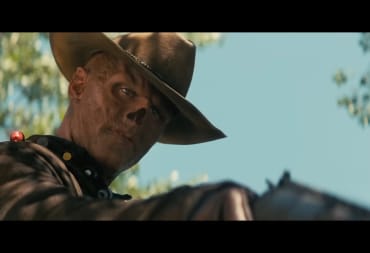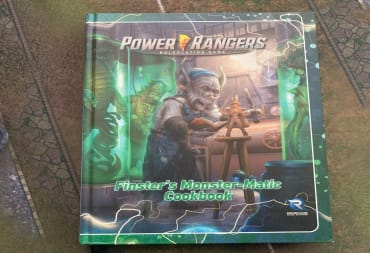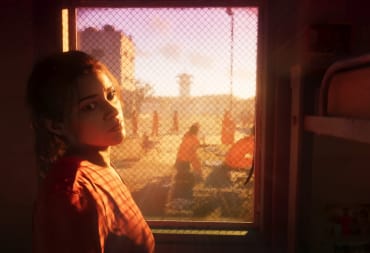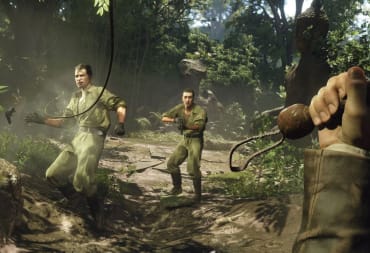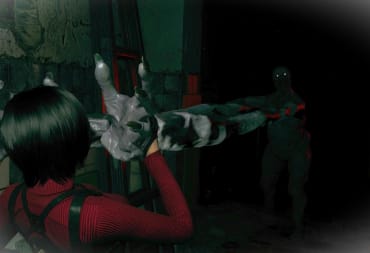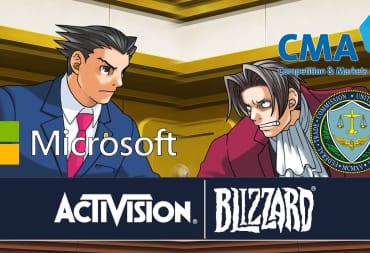Platformers seem like they are an easy game to make: Make dude, make platforms, make dude jump onto platforms. However, the formula is easy to mess up and it is very noticeable when mistakes are made. Normally when a game I play isn't very good, it is my job to point out what is wrong with it and hope it helps people make good purchasing decisions. However, the creators of a platformer called Mara decided to take the game down from Steam before I had a chance to formally review it. So instead I am going to make this a bit more constructive because there are plenty of mistakes that were fairly easy to avoid. That and I sank time into this game, and I refuse to be denied a chance to talk about it.
1) The Title Screen
The criticism can begin with the opening screen. When recorded with a stopwatch, it took 23 seconds to get to the level select screen after pressing start. I pressed start, then a Buddhist monastery horn blared for around 8 seconds, then the screen went black and the control layout was shown for another 15 seconds. Fun fact about gamers: We hate long waits in video games, and any wait longer than 5 seconds becomes extremely frustrating. There are two solutions to this problem: make the wait time shorter or make it skippable. I would lean more in the skippable direction because it gives the player the ability to get right into the action without sacrificing your original artistic intent.The player selects a level by standing under a symbol representing it and jumping, like in Super Mario Sunshine. It worked better in Sunshine because Mario has a variety of jumps and flips that make the selection more fun, as opposed to Mara where there is only a jump and a second jump. This was really more of a minor point and is fairly inconsequential in the end.
2) The 3D
Arguing aesthetics is usually pretty pointless. I personally enjoyed the cityscape for the most part—especially the little posters on the walls—but questioned the use of 3D for models. The problem with 3D is that if the game tries to use a realistic 3D aesthetic, it tends to age poorly. This is especially true for games that are made on a low budget, because their models already look a bit dated from the start. Exceptions to this are games that purposely look cartoony. Games like Team Fortress 2 and Legend of Zelda: Windwaker still look gorgeous to this day. Often with low budget indie games, I suggest going 2D because a good hand drawn aesthetic usually age better. The picture on the Unity options menu looks like this: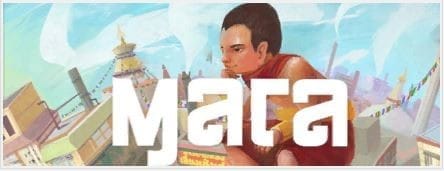
This is what the actual game looks like:
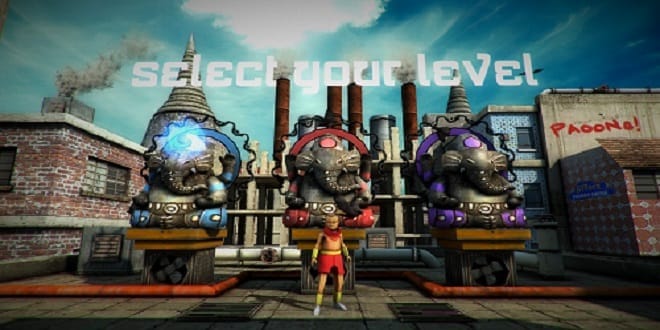
Tell me which one of these would age better.
Another issue that 2.5D games run into is knowing what is actually a platform. I've spoken to artists for platformers in the past and they have told me about the subtlety required to get a platformer to look good. One of the harder parts of this is getting your platforms to blend into the environment while the player knows they can jump on them. Often what happens is objects in the background will look as if they are platforms in the foreground because of size and coloring. I ran into this problem a couple of times in Mara, where I fell through what looked like a platform—the boxes at the end of buzzsaws—though none of then were really too terrible.
3) The Movement
Platformers require a lot of precision. Players like the feeling of being in complete control of their character. Sloppy movement often causes unfair deaths and player frustration. Often you'll hear players complaining about "the water level" or "the ice level" because precise control is taken from them. Games like Super Meat Boy are praised because of how fast the time is between a player input and an action on screen, which is often referred to as "Responsive" or "Crisp" movement. Mara had a very slow time between input and action on the screen, leading to sluggish movement.In addition to the response time, the animations themselves felt sluggish. It was if the character had to take a step before getting up to full speed. This problem was made much worse when turning around and going the other direction; at that point it felt like the character had to turn before taking that first step, drastically increasing the time it took to reach full speed. Time after time I found myself becoming frustrated with my character responding slightly too slowly, making it hard to avoid enemies or traps below me.
4) The Camera
General rule of thumb: have your camera set up so the player can see all the platforms that are relevant in the near future. Mara makes the mistake of having the camera too close to the character. The camera was great following the character left and right, but when moving up and down the camera didn't follow me, it just snapped to the platform I landed on when I landed. I was unable to fully see what I was jumping onto or down to.This creates a leap of faith, which players usually hate. Leaps of faith are unpopular because it can lead to deaths that the player sees as undeserved. Most players prefer a game where the cause of death was directly their fault. This is something that differentiates difficult games from unfair games.
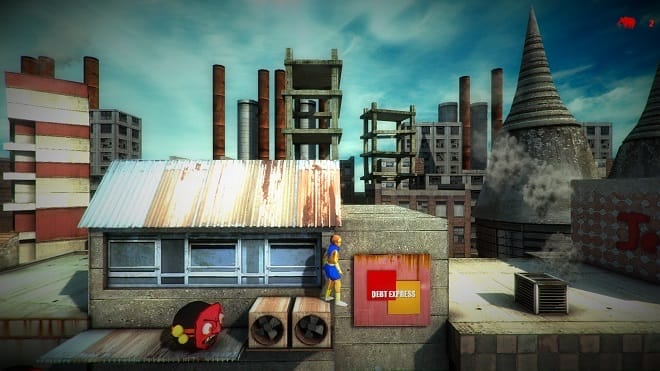
Pulling the camera back a bit or having the platforms more properly spaced would have made it much easier to know where I was going when I was changing elevation between platforms.
5) The Enemies
The problem with the enemies in Mara is that they are difficult to fight. The "selfies" as they're called, are masked orbs that are roughly waste height on the player. They kill you in one hit and you can't jump on their heads to kill them like in any of the Mario games. The only way to kill them is to shoot them with a power-up that can be found every once in a while and is on a timer. The power-up also fires in an arc, so you can only hit the selfies from a third of the screen away.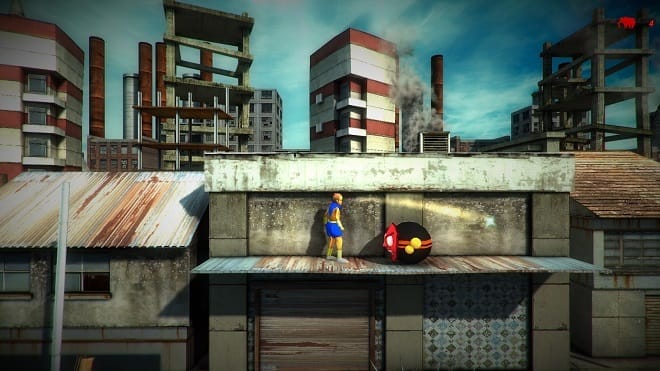
Not only that, because they one-shot you and the hitboxes are too big, the selfies become much scarier than they have any right to be. Avoiding them is hard because the air beneath your feet might skim the air above the selfie, killing you and sending you back to the last checkpoint. The only other power-up I have seen that killed enemies was a shockwave that cleared the entire screen. However, the next time I tried it, it didn't work. The enemies would be much easier to handle if the only ways to kill them weren't useless and/or on a timer.
6) The Platforming
Believe it or not, platforming is an essential part of platformers. There are multiple ways of keeping your platforming fresh; games like Super Meat Boy gave the player the ability to stick to walls, adding a layer of depth to the formula. Electronic Super Joy has more simple platforming but plays with the difficulty by controlling the camera, rotating the stage, or using lighting and color to temporarily hide platforms. What's important to remember is that the great platformers will mix things up in order to keep things fresh for players. Playing Mara, I never really felt like there was any change to the formula. That combined with the sluggish controls and poor hitboxes made the platforming go stale really fast.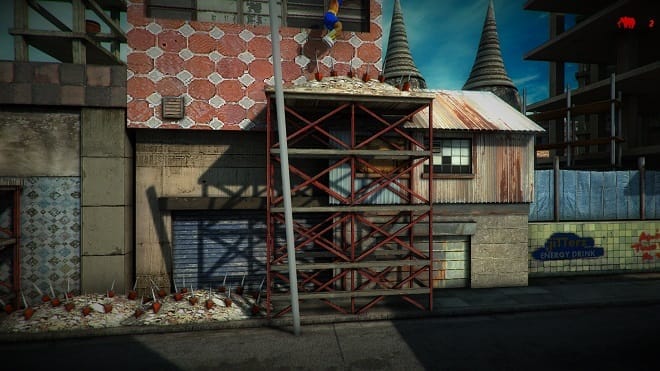
7) The Hitboxes
I have brought up hitboxes multiple times so far and that's because they're important. In layman's terms, a hitbox is an invisible box around an object that is used to detect collision. Hitboxes in games that involve lots of dodging, such as Bullet Hells, tend to be extremely small to make the game more forgiving. Platformers have to have proper hitboxes so players don't die from a jump that is meant to be a close shave. Poor hitboxes are one of the smaller things that can break a good platformer, especially if it has a on hit kill system, because they make platforming a frustrating nightmare.Simply put, the hitboxes in Mara are too big. It is especially noticeable with the spikes, because it doesn't follow the outline of individual spikes, making them incredibly difficult to jump over. You'll even get killed by spikes when you are jumping up the side of a tower when they're on the top.
My advice for this is to make the hitbox smaller than the outline of the character and test it until it feels good to you and other players. This can be done fairly easily in any engine, especially with 2D games. Even simple engines such as Gamemaker—don't knock it too hard, Hotline Miami and Stealth Bastard came from Gamemaker—will allow you to adjust hitboxes very easily.
7) It Doesn't Feel Complete
Finally, here's a list of small things that I found that were wrong with the game:- There's no death animation, you just respawn at the last checkpoint.
- There's no firing animation either, the projectile just sorta shoots out of your forehead.
- The life counter doesn't stop at zero. I got bored once and ran it down to -69 lives for a laugh.
- The music is too same-y
- There are platforms that come out of the sky where you can see the ends of the ropes floating in the air.
I normally don't knock on games for being too short, but Mara is just ridiculous. There are a total of three levels, which I was able to beat in half an hour. This was also the run where I purposely killed myself until I went from 10 to -69 lives. Usually a short game is fine if it feels complete, but there was no satisfying ending at the end of Mara, just a credit roll and disappointment.
Conclusion
Overall, my problem with Mara is that it feels incomplete. The dialogue sounds like the first three levels were just the prologue sequence to the real game. I felt empty after beating level three watching the credits roll. I feel bad for people who spent their money on Mara and am glad that the creators decided to take it off of Steam. However, the game can serve as an excellent learning experience for newer developers looking to make a platformer.Do you think this was a good direction to go with Mara? Do you think a more constructive approach benefits future developers in cases like this, where the game is no longer for sale? Tell us what you think in the comments.
Disclosure: This game was reviewed on PC with a free copy from Defiant Child Games
Have a tip, or want to point out something we missed? Leave a Comment or e-mail us at tips@techraptor.net
